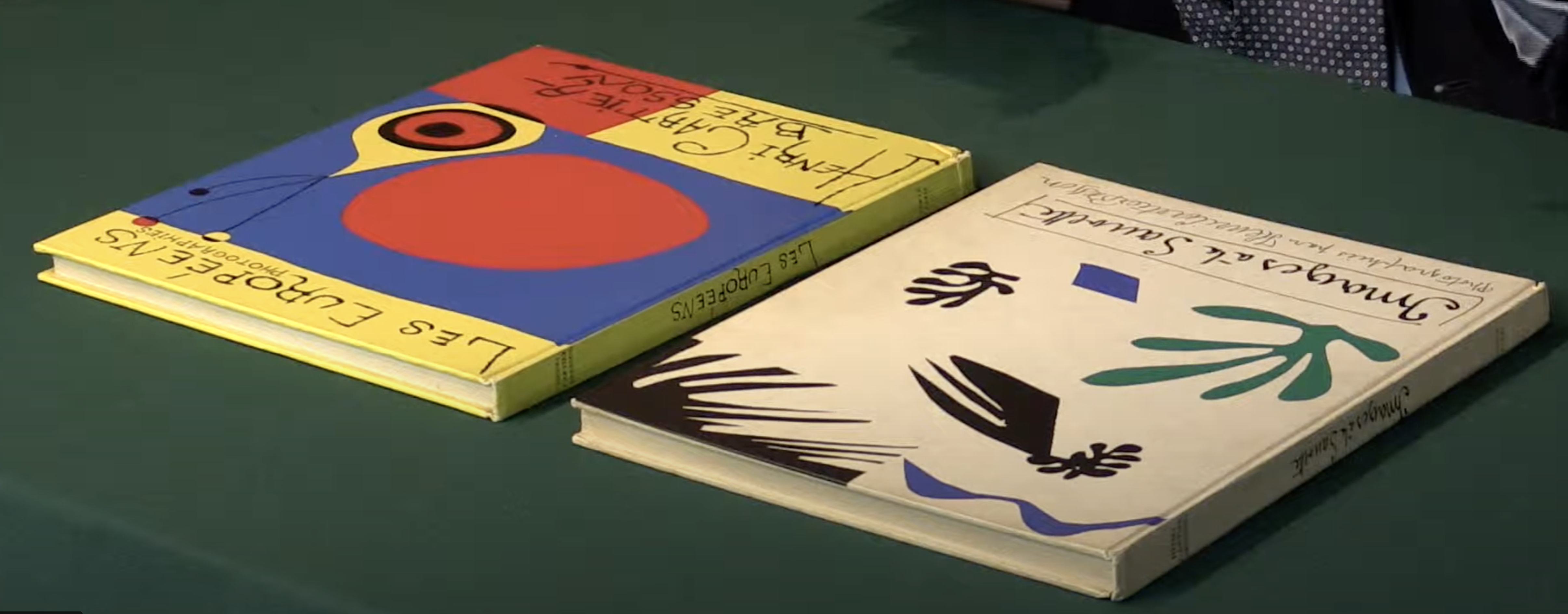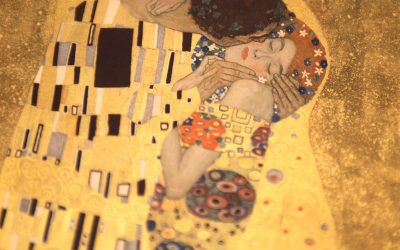2 works, folio. Original lithographic boards by Matisse (Images à la sauvette) and Miró (Les Européens), titles to spines and front covers black. Housed in custom-made black cloth slipcases, front covers lettered in silver. Images à la sauvette: 126 half-tone plates; Les Européens: 114 half-tone plates; all printed by Pierre Gassman. Images à la sauvette: spine and board edges slightly toned, spine a little bumped at ends, small traces of tape to free endpapers; Les Européens: foot of spine and adjoining corner of front board bumped (with small split), a touch of rubbing to extremities, shallow indentations to centre of front board.
An excellent set. First editions, first printings. A superb pair of presentation copies – rare in being both made out to the same recipient – inscribed by the photographer on the half-title of each work: “pour Henri Bourrillon, ami de mes amis photographes, Henri Cartier-Bresson” (Images à la sauvette) and “pour Henri Bourrillon ces quelques Européens, en hommage Très ‘respectueuse’. Henri Cartier-Bresson” (Les Européens). The recipient was the prolific French writer and journalist Henri Bourrillon (1876–1962), better known under his pseudonym of Pierre Hamp, and described by his contemporaries as both “l’écrivain prolétarien” and “écrivain humaniste”.
The self-taught Bourrillon “left school at fourteen to become a pastry chef working in England and Spain before finding employment with French railways in the north of the country. He gradually rose through the ranks, becoming deputy stationmaster and inspector of works. He was also the head of a textile factory… He pursued studies with Charles Péguy, André Gide, and Charles-Louis Philippe. Hamp’s vast experience inspired him to write more than 40 novels, a large number of which are grouped under the title of La Peine des hommes (The Lot of Men) and are close, often quasi-technical, and frequently critical studies of working-class conditions and activities. For example, Marée frâiche (1908: Fresh Tide), describes the fish industry, Le Rail (1912) the problems and factions within the world of the railways, Viv de Champagne (1913) all aspects of wine production, and Le Lin (1924) the treatment of flax and the cloth trade. His books were not always well received by those they described.
Le Rail was banned from bookstands in railway stations, and Mes métiers (1930: Kitchen Prelude, 1932), on his experience as a pastry chef, prompted an outrage and a threatened lawsuit… He also produced a number of surveys – on the working conditions of miners, railway men, and children employed in industry… A member of the Socialist Party, an active trade unionist all his life, and a supporter of the Salvation Army” (John Flower, Historical Dictionary of French Literature, 2013, pp. 245-46) All of this enables us to draw together the threads that unite both writer and photographer in their humanitarian approach to life, a shared sincerity in their work and a genuine empathy with the working class and the poor; and while Cartier-Bresson’s inscription in Les Européens is playful (“Tres ‘respectueuse’”), that in Images à la sauvette (“ami de mes amis photographes”) seems to be closer to the spirit of “friend of the friends that I have …read more CARTIER-BRESSON, Henri. Images à la sauvette





